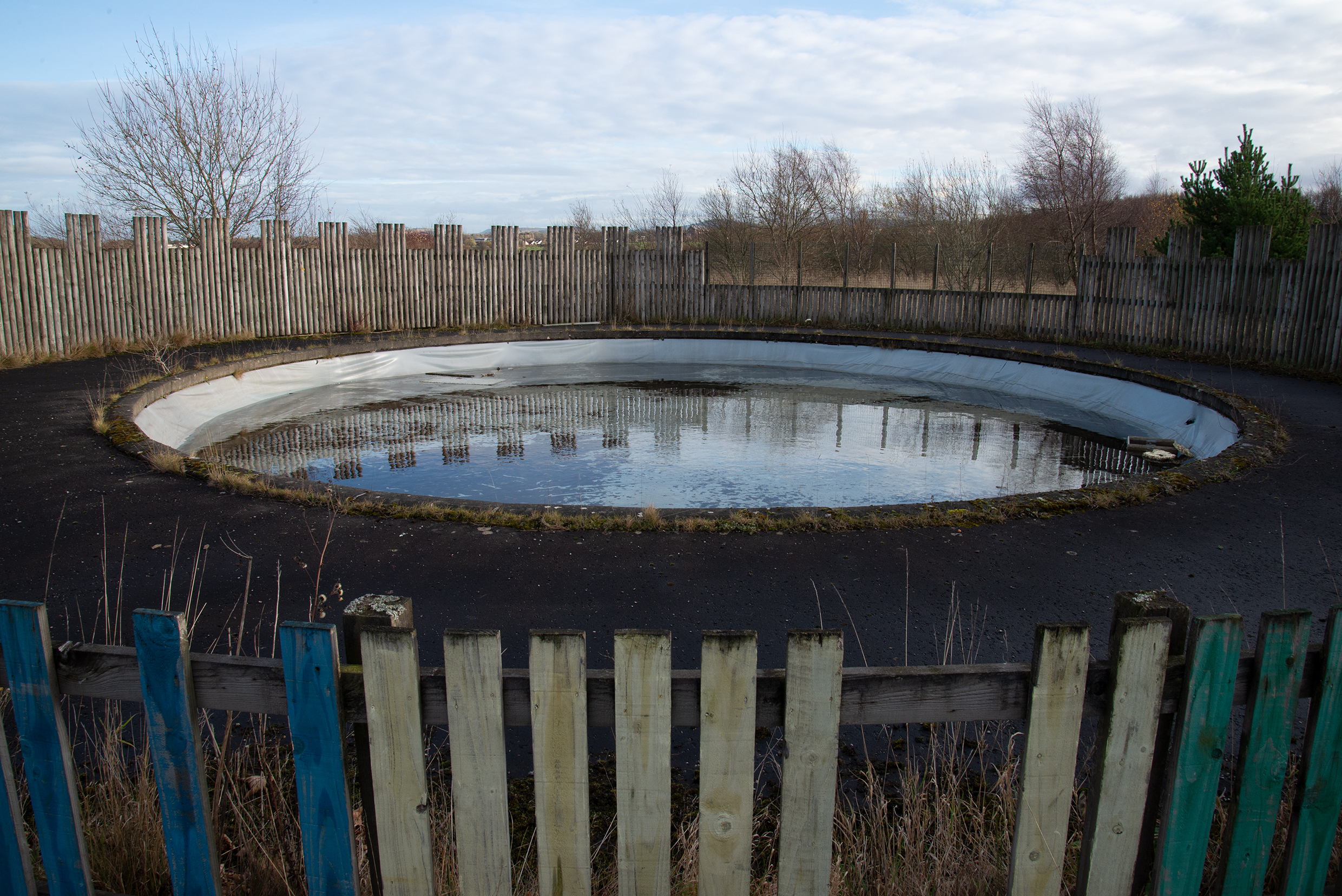Nicola Williamson (she/her)

Highlighting the need for a balance in retail provision, I have utilised my skills as a photographer to develop an effective visual language that explores the results of inappropriately targeting development on one sector. I look at:
• the folly of over enthusiastically placing too much focus on out-of-town retail development to cope with the greed of humans and their continuous growth in consumption;
• the direct results of over-provision in this sector; and
• the consequent impact of such an imbalanced approach on vital town centre provision.
I hope that I can bring greater awareness to this issue and encourage a fundamental rethink in planning processes to ensure that a vibrant and balanced provision can be delivered for the future.

Freeport
In its heyday, Freeport was a prime example of a successful outlet for designer retail. The study and photographs document and demonstrate the outcome of an overly enthusiastic approach by the retail sector, encouraged by the supportive and economically advantageous policies of government and planning authorities. This resulted in an over-provision of such out-of-town retail space and in a heavily competitive market, the demise of parks such as Freeport. An imbalance in provision between such centres and a local shopping presence in town centres was created.
My photographs demonstrate the folly of placing too much focus on out-of-town retail development and the need for a mixed economy of retail provision.
Retail Apocalypse
As we emerge from the Covid-19 pandemic and the associated lockdowns, the modern-day high street will probably never be the same again. Technologies and the ease and convenience of online shopping have shifted habits and the high street is suffering as a result. About a decade ago, consumers turned to online services like Amazon who offer cheap deals and a quick service at a touch of a button. During the pandemic, these online services boomed as never before.
This contrasts with the deliberate policy of the government of the day after World War 2 to stimulate a community togetherness by encouraging a growth of shops in town centres to attract investment and consumer spending. That underlying principle is still prevalent in today’s infrastructure, resulting in a conflict between physical retail space and increasingly popular shopping trends. That conflict needs to be resolved as a matter of priority to ensure the continued importance for society of vibrant town centres.
Covid-19, technology, online shopping, and other competitors have left many towns reduced to an abandoned state. However, the link between a local community’s identity and place can be strong. Shuttered shop fronts, ‘Closing Down’ and ‘To Let’ signs, posters offering discounts and graffiti all contribute to a dysfunctional community and a sense of unease. This leads to an increasing divide between the well off, and the less well off, spiralling to increased levels of deprivation. This has been exacerbated by the current cost of living crisis.
Focusing on 5 local areas, (Paisley, East Kilbride, Cumbernauld, Coatbridge and Glasgow Central) I have documented the modern-day high street capturing the look and feel of the spaces. The empty, chilling environments lie bare but are nevertheless full of possibilities if remedial action is taken. The once busy places are at present not valued or acknowledged by locals who may fail to recognise the vital importance to societ of strong local communities. Yet after speaking to several residents, their upset and outcry towards the impact on their beautiful towns can be audibly heard. The landscape and space that has evolved over decades and their community spirit is slowly falling apart. Some spoke about the increase in crime and the negative energy created by the dead space, reminiscing favourably on the good day past.
In my photographs I have deliberately emphasised the post-apocalyptic nature of the town centres, devoid of human life. This is not to create a lack of hope, but rather to portray the current situation with a view to stimulating consideration on how this situation, in tandem with a revitalisation of local communities, can be turned around.
Debris
MY LEFT FOOT
In 2018 a 445 grams,90 day old, Australian flesh-footed shearwater (Puffinus Carneipes) fledgling was found with 276 pieces of plastic in its stomach weighing at 64.1grams.This accounts for 14.4% of its total body mass.
A full leg is the human equivalent to this statistic, I used my left foot, constructing a life size leg out of plastic pollution found at Gourock beach.
Items include plastic fishing wire, bottles, toys and remanence of a (pecked at) plastic bag.
Mother
With a passion for highlighting environmental issues. I have developed a visual language that explores the damage humans have caused to the Earth. With an emphasis on global warming, I show the care Mother Nature has for our planet employing abstract moving images to represent The Earths landscapes and using COP26 summit dialogue as a soundtrack. I conclude by stressing the dangers of merely talking about the problems but not following this up with remedial action.
I hope that I can bring greater awareness to these pressing issues and encourage a change to the way we treat our planet.


























